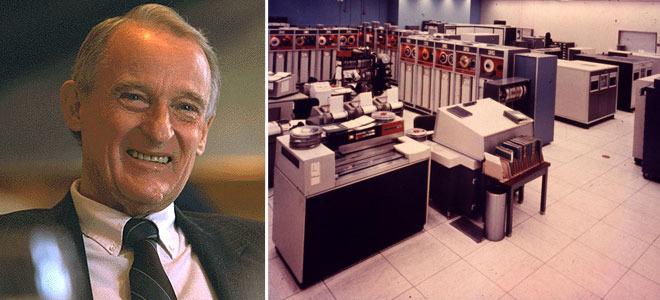NEWS
Today is Supercomputer developer's bithday

Seymour R. Cray, (born Sept. 28, 1925, Chippewa Falls, Wis., U.S.—diedOct. 5, 1996, Colorado Springs, Colo.) American electronics engineer and computer designer who was the preeminent designer of the large high-speed computers known as supercomputers.
Cray graduated from the University of Minnesota in 1950 with a bachelor’s degree in electrical engineering. He began his career at Engineering Research Associates (ERA), a leading digital computer company. In 1957, when ERA was taken over in a series of corporate mergers, Cray left to help found Control Data Corp., which became a major computer manufacturer. There Cray led the design of the CDC 1604, one of the first computers to replace vacuum tubes with smaller transistors. He later helped create the CDC 6600, which, at the time of its debut in 1964, was the fastest computer in the world, able to execute three million floating-point operations per second (FLOPS). The CDC 6600 gave rise to the term supercomputer.
In 1972 Cray left Control Data and founded his own firm, Cray Research Inc., with the intention of building the fastest computers in the world. This was largely realized through his innovative design of uniprocessor computers, which allowed simultaneous (parallel) processing. His company’s first supercomputer, the Cray-1, which came out in 1976, could perform 240 million calculations per second. It was used for large-scale scientific applications, such as simulating complex physical phenomena, and was sold to government and university laboratories.





